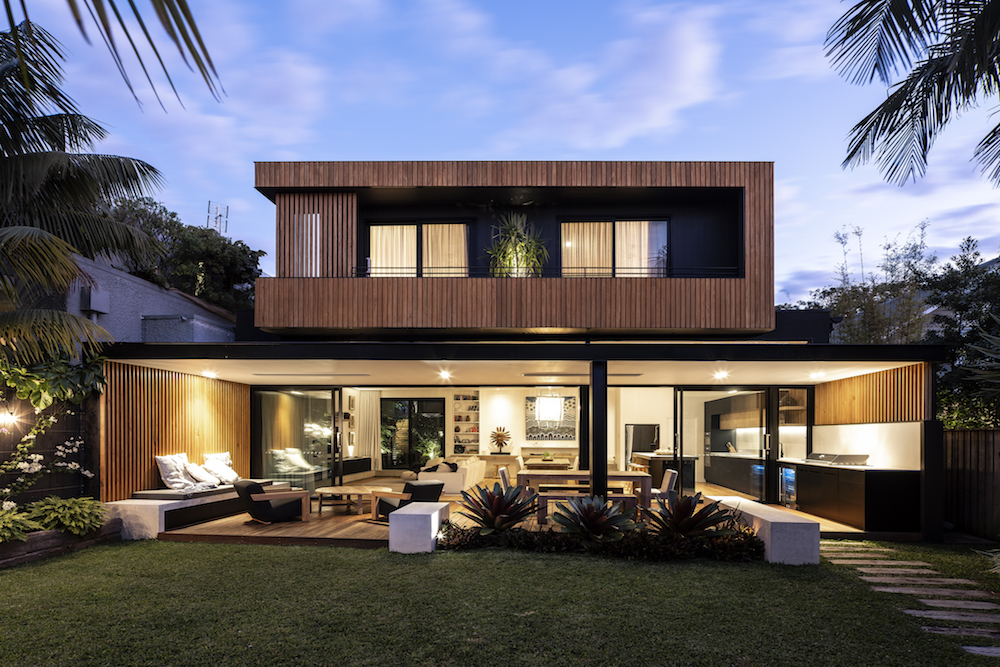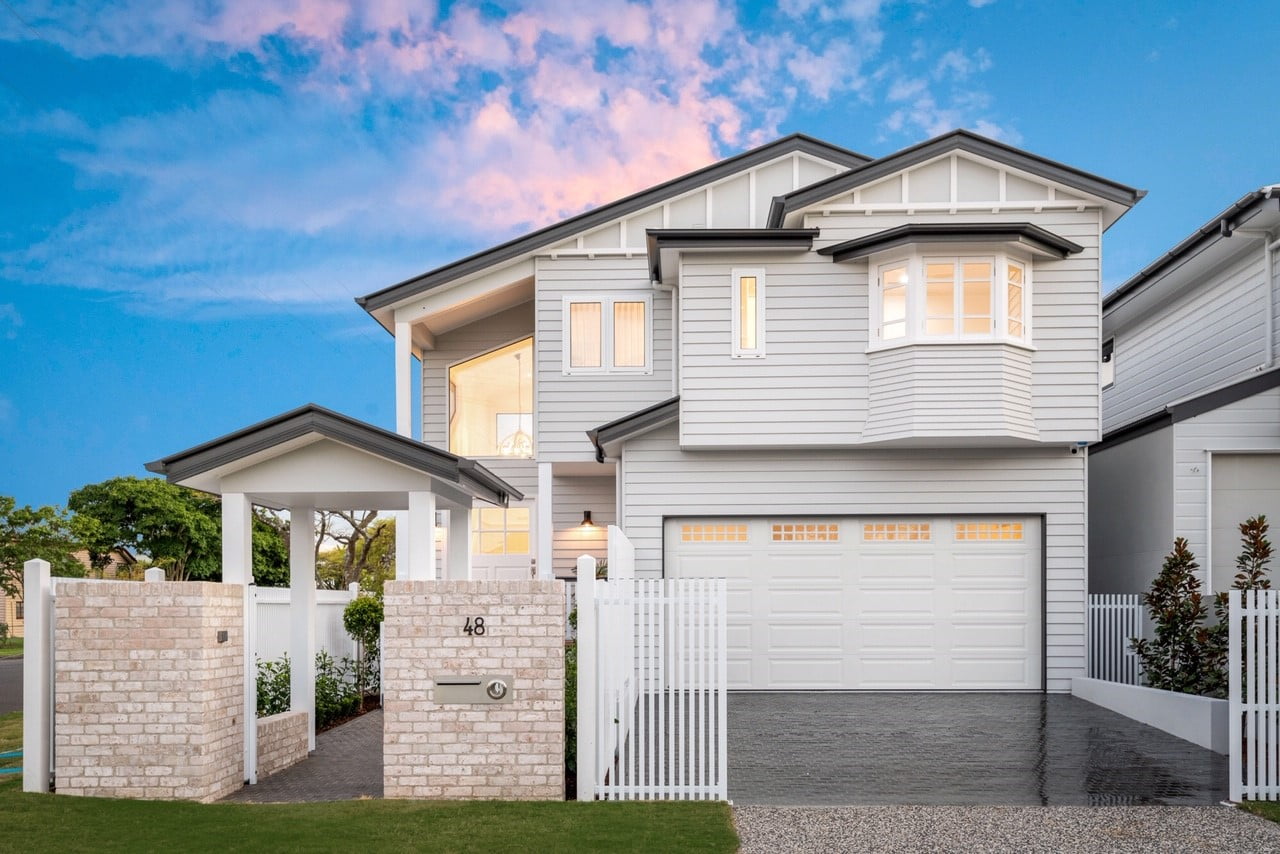Expert Residential Architecture Homes for High-Quality and Timeless Designs
Expert Residential Architecture Homes for High-Quality and Timeless Designs
Blog Article
Exactly How Residential Architects Create Custom-made Homes for every single Lifestyle
The procedure whereby residential engineers design tailored homes is a nuanced interaction of comprehending customer requirements and translating those understandings right into useful living rooms. Through thorough examinations and the use of style tools, designers capture the essence of their clients' way of lives, guaranteeing that each home shows individual values and ambitions. This collaborative technique prolongs beyond preliminary principles, incorporating ingenious modern technologies and lasting practices to improve day-to-day living. As we discover the intricate steps entailed in this transformative process, a deeper recognition for the architect's duty in shaping distinct atmospheres starts to arise.
Understanding Client Needs

Effective interaction is paramount in this procedure. Architects need to motivate customers to verbalize their way of livings, household characteristics, and future goals, ensuring that the layout reflects their special identity. By utilizing devices such as questionnaires, interviews, and aesthetic surveys, designers can collect valuable insights right into the client's vision.
In addition, understanding the context in which a home will certainly exist is important. Designers have to think about variables such as the site features, local climate, and cultural impacts that can influence the style. This all natural approach permits the production of spaces that are not only visually pleasing but sustainable and likewise functional.
Inevitably, a deep understanding of customer requires enables designers to produce personalized homes that boost the top quality of life for their occupants, promoting a feeling of belonging and convenience within their living settings.
Layout Refine and Cooperation
The layout process in domestic design is a dynamic interplay of imagination and partnership, where designers, customers, and numerous stakeholders function carefully to bring a vision to life. This repetitive journey normally starts with a collection of conferences to develop a detailed understanding of the client's desires, choices, and way of living requirements. During these discussions, architects gather essential information, allowing them to conceive styles that align with the client's vision.
Following the first appointments, the layout stage develops via illustrations, 3D designs, and architectural renderings. This aesthetic communication functions as a device for architects to present concepts, while likewise inviting customer comments, guaranteeing that the last layout resonates with their expectations. Reliable partnership with engineers, professionals, and interior developers is important during this stage, as it makes sure that all practical aspects of the task are effortlessly integrated.

Incorporating Lifestyle Aspects
Integrating way of life aspects into domestic layout is crucial for creating rooms that genuinely reverberate with the occupants. residential architecture homes. This process begins with understanding the unique demands, choices, and everyday regimens of the homeowners. Designers engage in comprehensive conversations to reveal exactly how the specific or family members utilizes their area, whether for entertaining guests, going after pastimes, or looking for quiet retreat
As soon as these understandings are gathered, engineers can customize layout functions that improve everyday experiences. Open flooring plans might be made for households that focus on togetherness, while committed workspaces can be integrated for those that work from home. Outside locations, such as outdoor patios or gardens, can be emphasized for families that delight in outside tasks or enjoyable.
Moreover, adaptability is a crucial factor to consider; multi-functional rooms enable versatility as way of lives advance with time. Customized storage space options can also be integrated to fulfill certain company demands, guaranteeing that the home remains clutter-free and functional. Eventually, by thoughtfully weaving way of living components into the building textile, domestic engineers create customized homes that not just fulfill visual desires yet also significantly boost the lifestyle for their customers.
Sustainable and Smart Design
Lasting and clever style increasingly plays a pivotal role in domestic style, as homeowners seek to lessen their ecological influence while improving their living experiences. Architects are now integrating green materials, energy-efficient systems, and ingenious technologies to develop homes that not just fulfill visual wishes but also offer the world.
Integrating renewable resource resources, such as photovoltaic panels and wind turbines, permits house owners to harness natural deposits, substantially decreasing reliance on traditional power you could try these out grids. Smart home modern technologies better improve sustainability by enhancing energy usage via automated systems that manage illumination, heating, and cooling based upon tenancy and choices.
In addition, the use of lasting structure materials-- like redeemed wood, bamboo, and reused steel-- advertises a circular economic situation, minimizing waste and resource intake. Designers additionally highlight easy style principles, making certain homes are oriented for maximum natural light and air flow, therefore decreasing the demand for man-made heating & cooling.
In enhancement to ecological benefits, wise and lasting style contributes to the overall convenience and health of locals. By prioritizing interior air quality and natural environments, architects develop areas that foster health, permitting home owners to flourish in harmony with their atmosphere.
Wrapping Up and Applying Plans
Finalizing and carrying see post out strategies is a crucial stage in the domestic architecture process, where the vision of a customized home begins to materialize. This stage involves meticulous focus to information, making certain that every facet of the layout is precisely verbalized and prepared for building. residential architecture homes. Engineers collaborate closely with clients to examine last strategies, resolving any type of last-minute changes or worries, while making sure that all elements straighten with the property owner's way of life demands
Once plans are settled, engineers prepare thorough building files, including in-depth illustrations and specifications that serve as a blueprint for building contractors. These papers detail materials, surfaces, and installation methods, supplying quality for subcontractors and specialists. Furthermore, securing needed licenses and adhering to local building regulations is crucial, as it guarantees compliance and smooth task implementation.
Reliable interaction is crucial throughout this stage. Routine updates and conversations with home builders aid to alleviate possible concerns before they emerge. By fostering a collaborative setting, designers can guarantee that the application aligns with the original vision. Inevitably, this crucial stage transforms ideas into fact, laying the foundation for a home that shows the special lifestyle and choices of its residents.
Final Thought
In verdict, domestic designers play an essential duty in crafting personalized homes that cater to diverse way of livings. With precise understanding of customer requirements, joint layout processes, and the assimilation of lifestyle elements, engineers make sure that each home shows private preferences.
The process by which residential engineers design tailored homes is a nuanced interplay of understanding client demands and equating those insights into practical living rooms. Via extensive consultations and the usage of style tools, architects record the significance of their customers' lifestyles, guaranteeing that each home mirrors individual values and desires. Designers must motivate customers to express their way of lives, family members characteristics, and future aspirations, guaranteeing that the layout shows their one-of-a-kind identity.The design process in property architecture is a vibrant interaction of creative thinking and cooperation, where architects, clients, find more and various stakeholders work closely to bring a vision to life - residential architecture homes. Via careful understanding of customer needs, joint layout procedures, and the integration of way of living components, designers ensure that each home shows specific preferences
Report this page